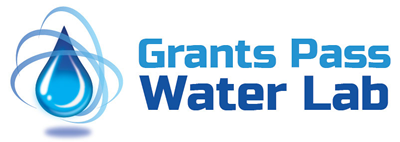
How to take a water sample
Microbiological Analysis
Proper sampling techniques are extremely important in obtaining accurate water quality information. Only use sample containers provided by the laboratory. An improperly taken coliform sample may indicate bacteriological contamination of your water when the water is actually safe. You can avoid the cost of additional testing by using good sampling procedures.
- DO NOT remove the cap from bottle until ready to fill. DO NOT rinse the sample container. There is a small amount of powdered chemical inside.
- Select a tap that is frequently used. Do not use a kitchen faucet or a single handle mixing faucet. If a mixing faucet must be used clear with hot water for the first minute. Water taps used for sampling must be free of aerators, hose attachments, and purification devices.
- Allow the water to flow full force for 3-5 minutes.
- Turn water down to pencil size stream. Fill the plastic container in between the two lines on bottle. DO NOT UNDERFILL. A minimum of 100 ml sample is required. If overfilled DO NOT POUR OUT EXCESS.
- Sample must be received within 24 hours after sample is taken. All samples must be kept cold and brought to the laboratory in a cooler or on ice. All non-chilled samples will be REFUSED.
Chemical Analysis
Collect a sample representative of the potable water distribution system by removing strainers, aerators or purification devices and then flushing the system for 3-5 minutes prior to filling sample containers.
- Do not rinse the sample containers.
- Close lids as tightly as possible to prevent leakage.
- Lead and Copper Tests Only: Collect the sample from a cold water line in either the kitchen or the bathroom. Collect the first draw after allowing the water to stand in the lines for a minimum of 6 hours.
- For VOC samples refer to VOC sampling instructions.
- Only use sample container provided by the laboratory. All samples must be kept cold and brought to the laboratory in a cooler or on ice. All non-chilled samples will be REFUSED.
If you have any questions please contact the laboratory.
